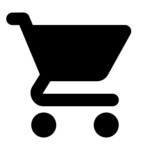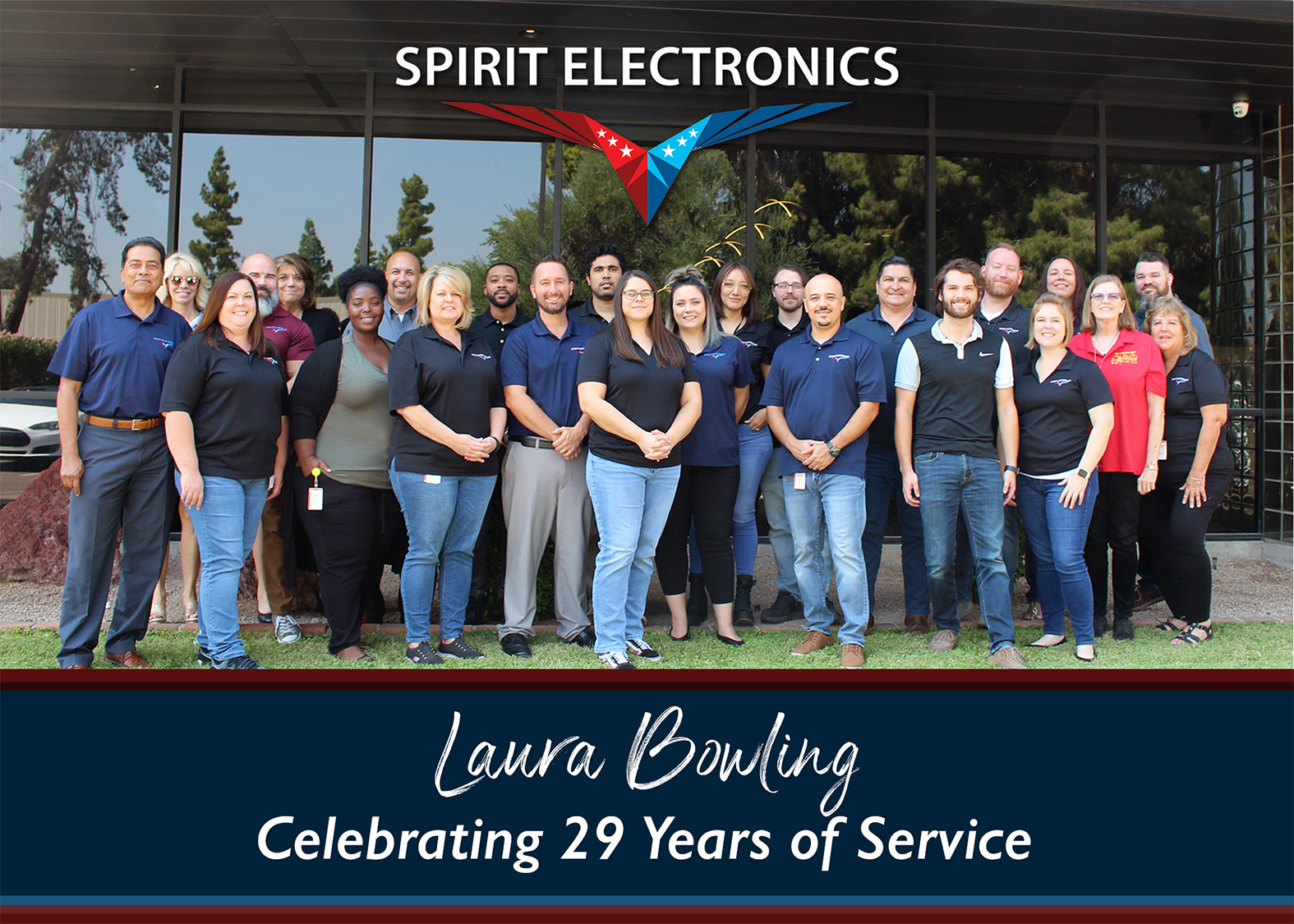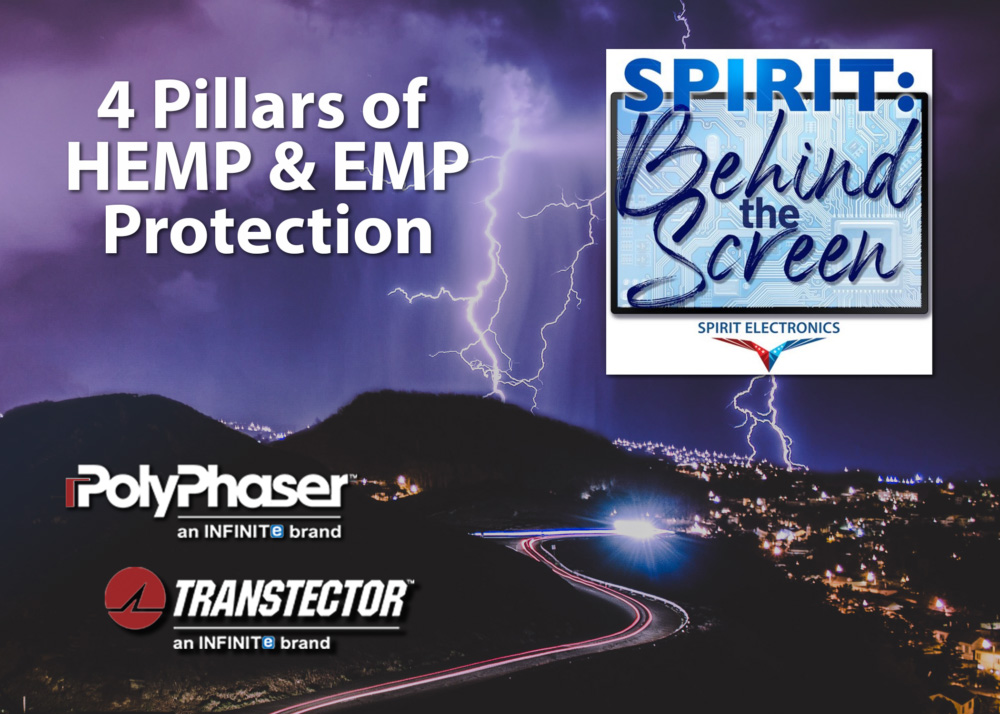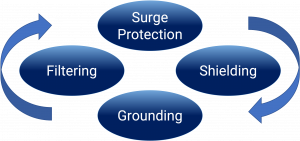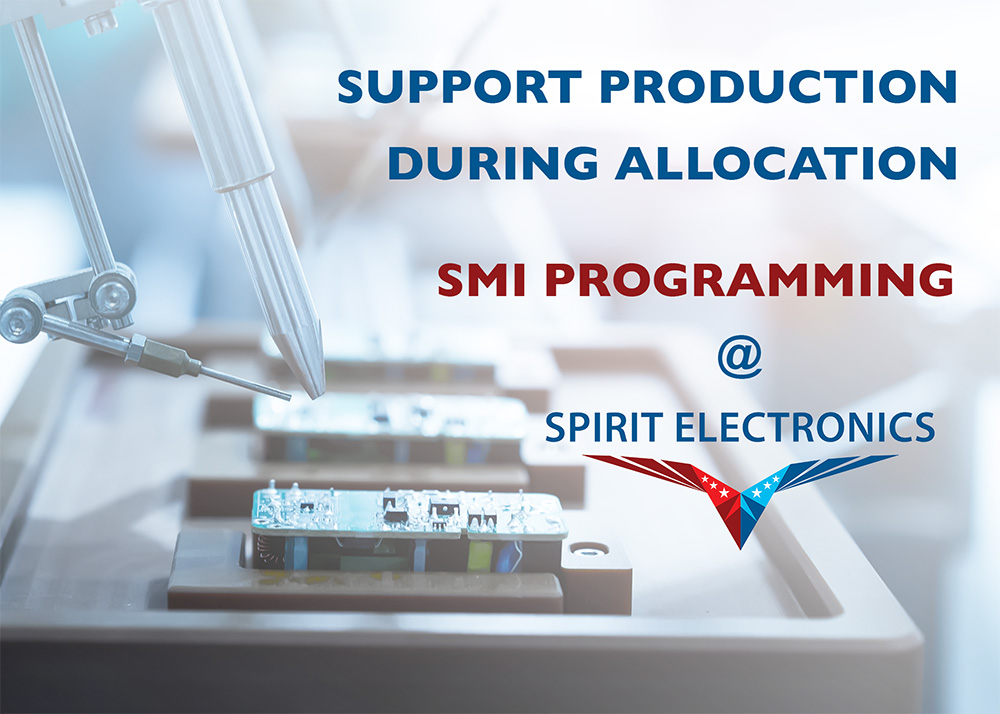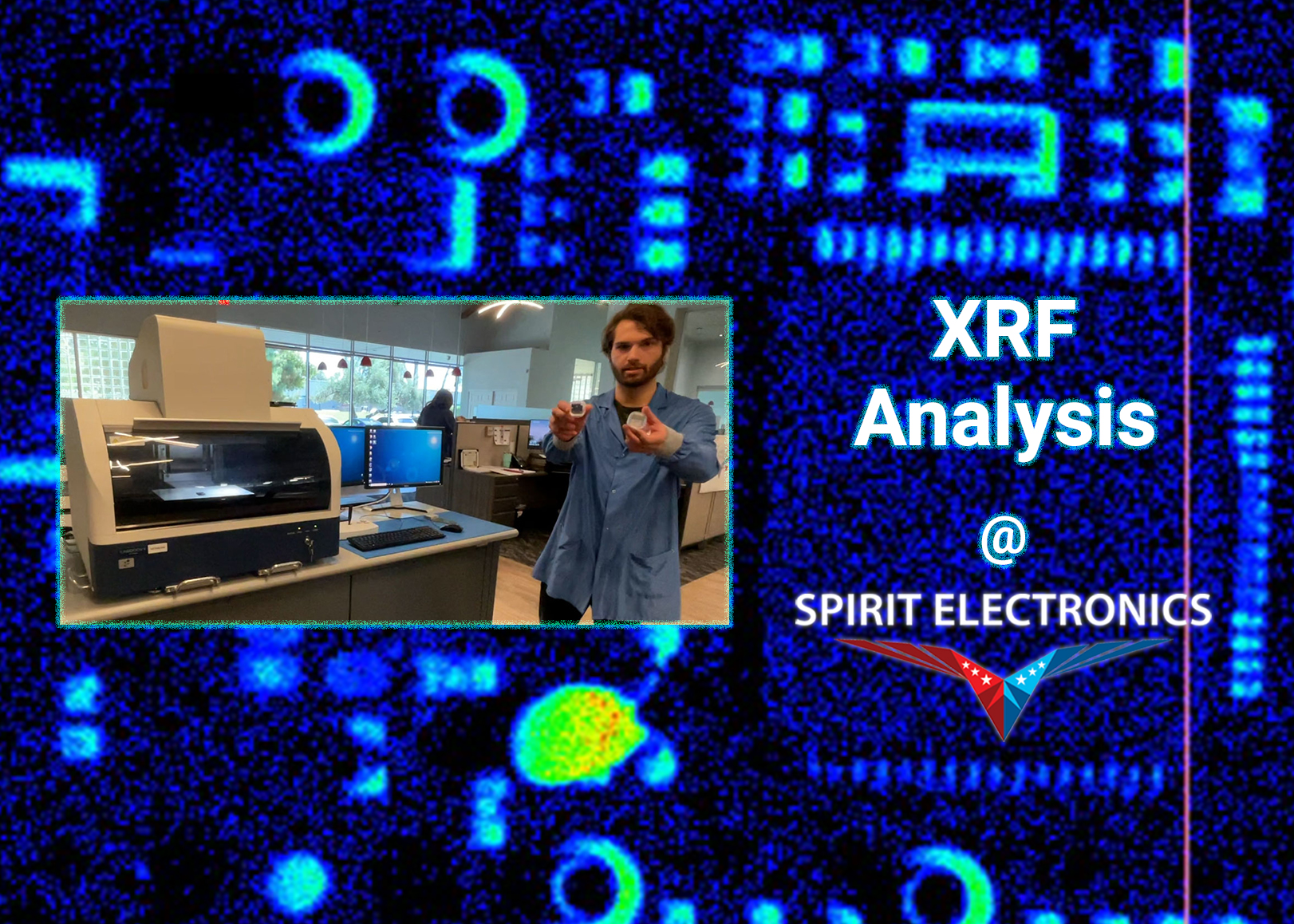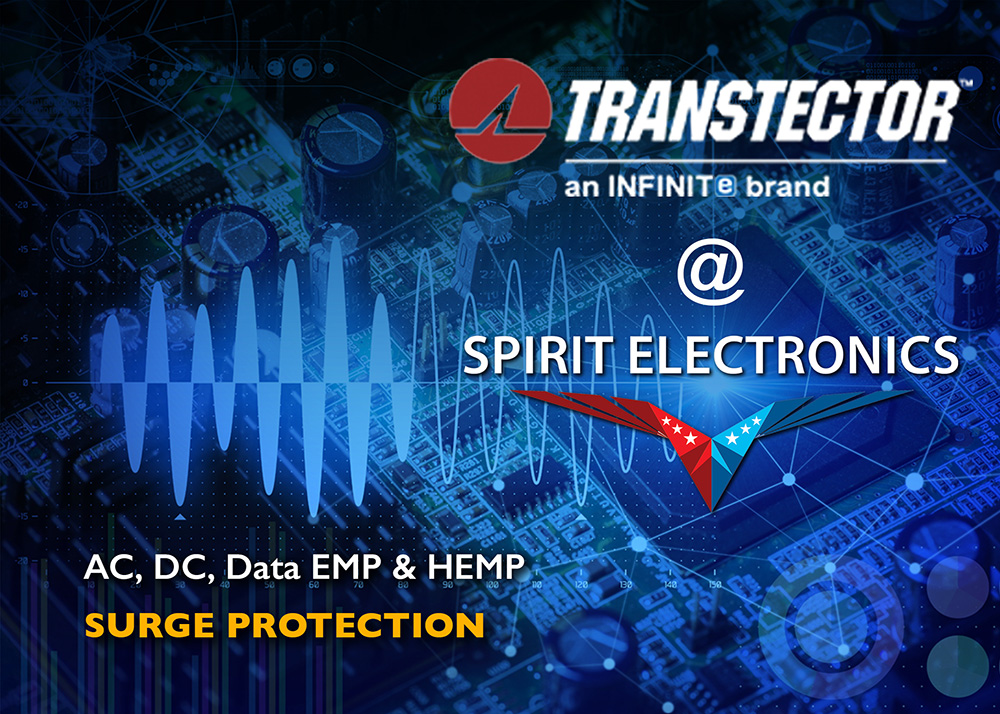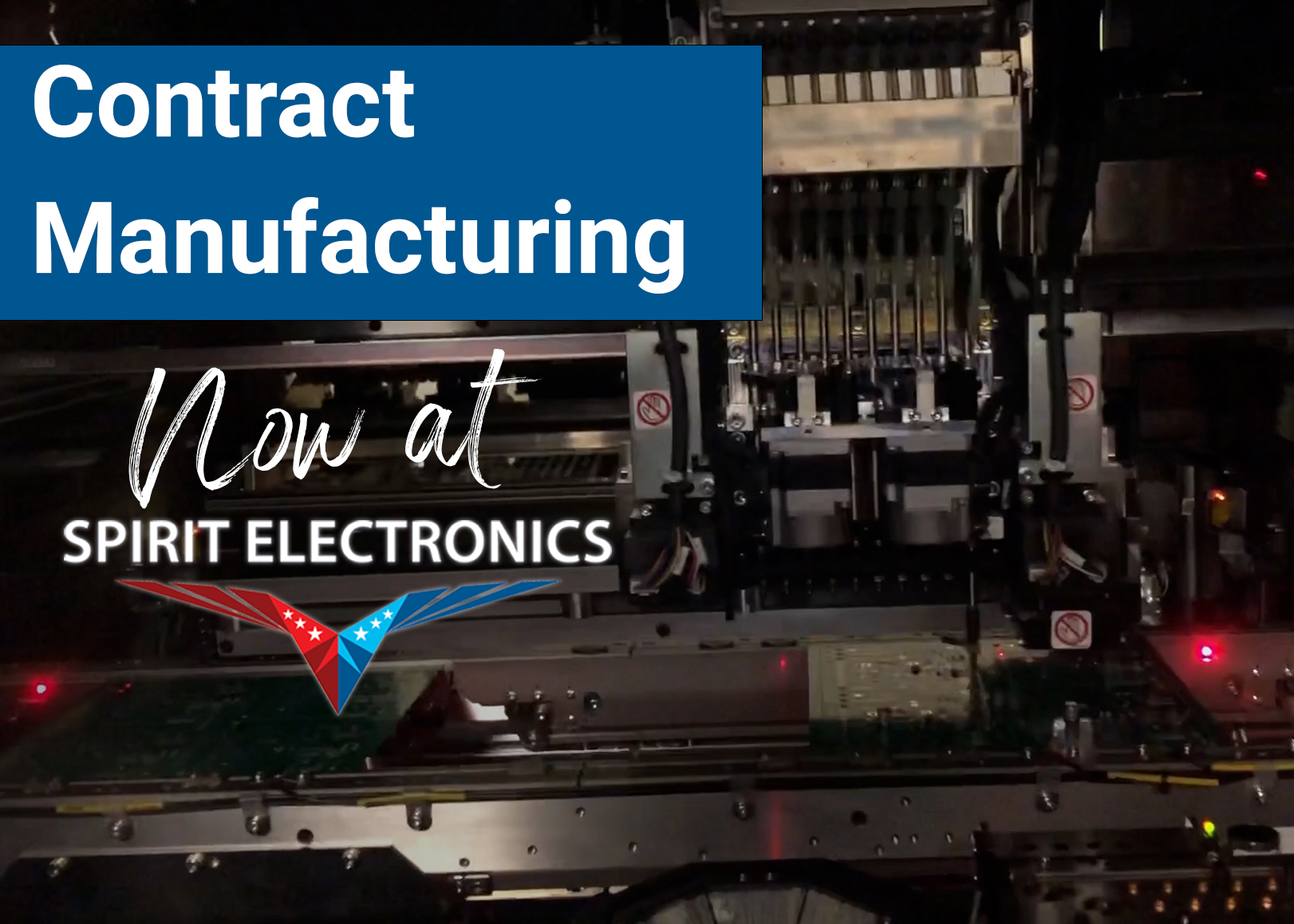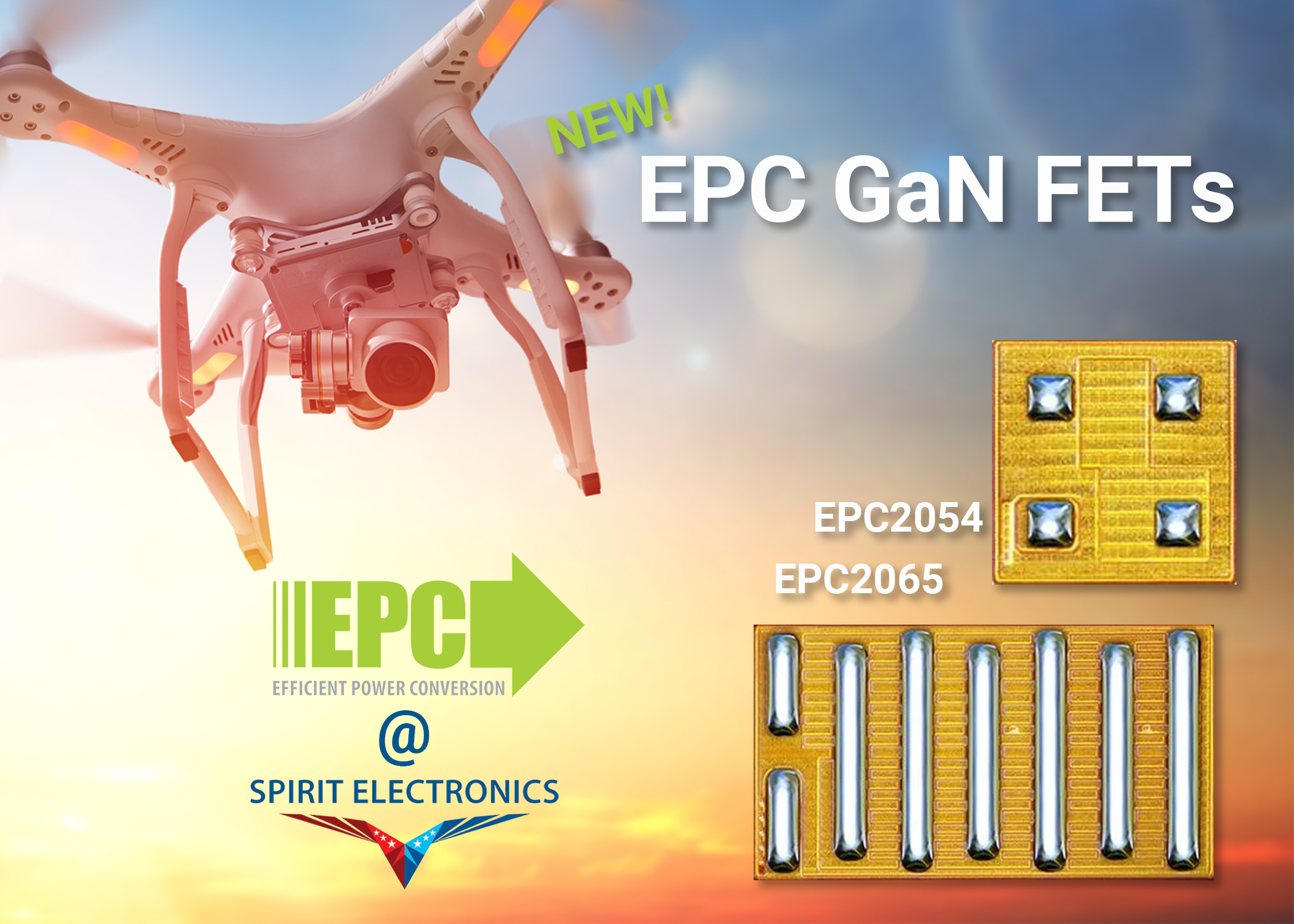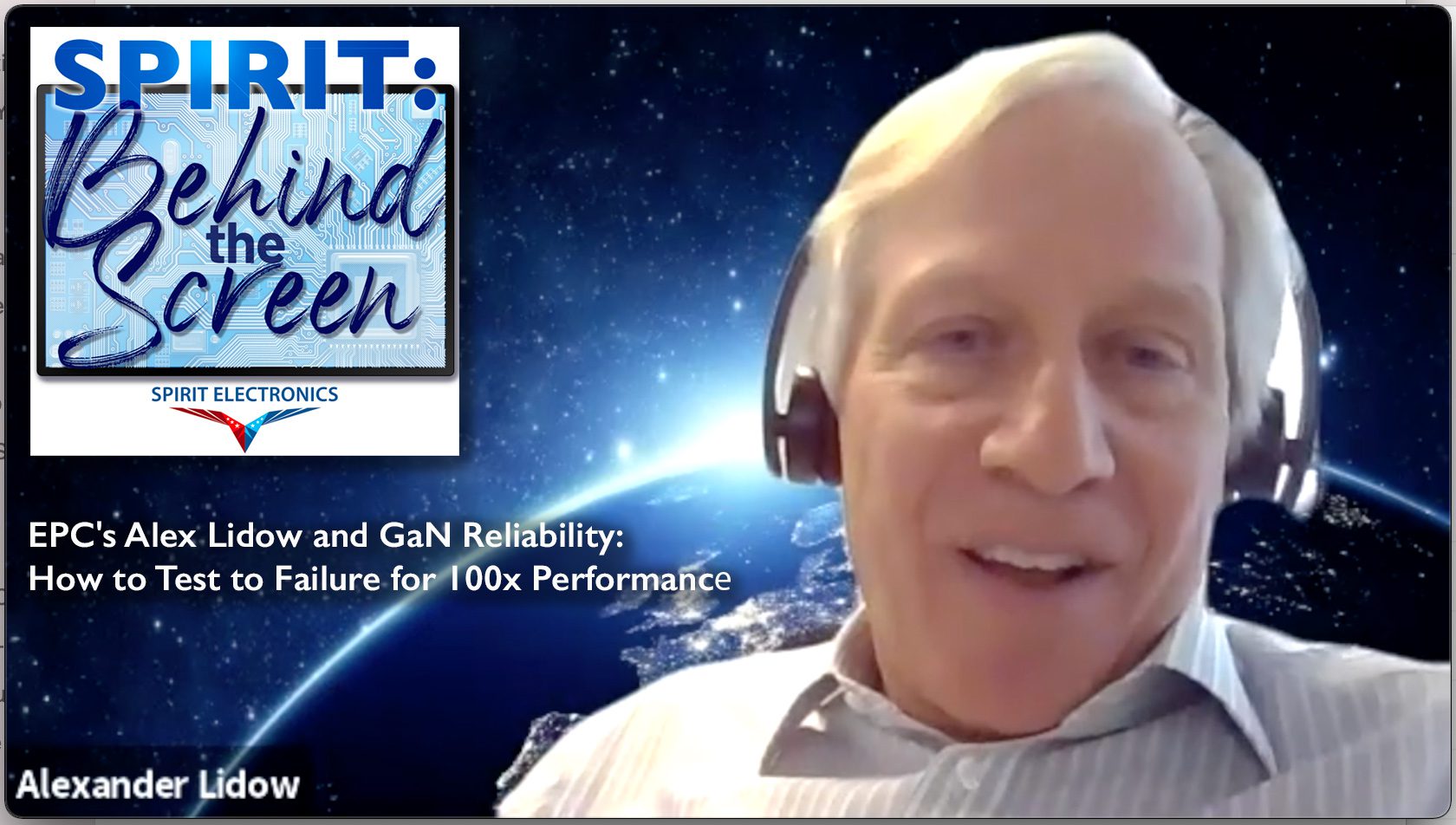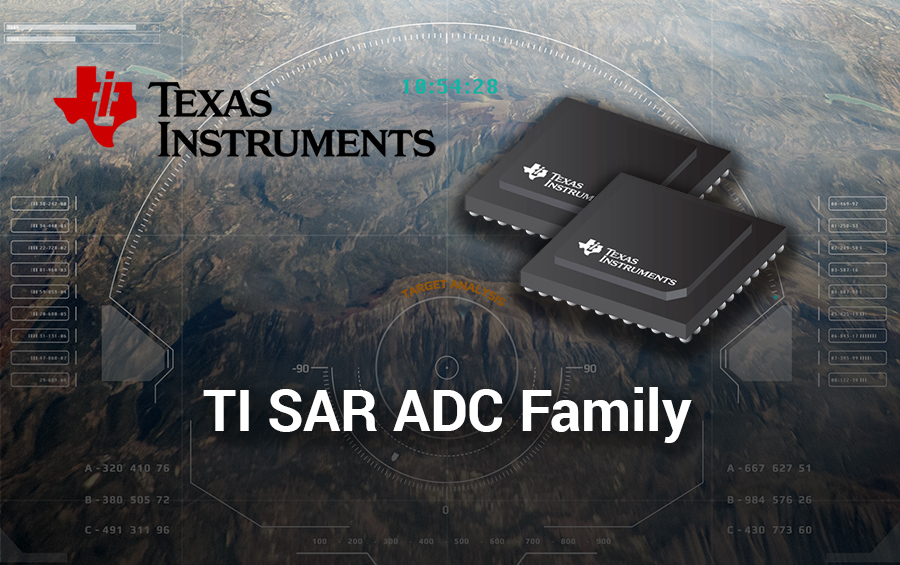Every employer dreams of retaining star employees for their whole career, but we really think it was Laura who decided to keep us. Over time, Spirit has changed, shifted gears, and started to grow exponentially. Being our constant, and the keeper of our history, loyalty, and values, Laura’s hard work and heart for service have given us our team foundation.
Laura started with Spirit Electronics in March 1992. Our business was conducted by phone and over fax machines. When customers ordered parts, POs were sent and received by fax, and then Laura and the team had to track them manually. Customer requirements were fewer, and the DOD had just decided to open up the military supply chain to using commercial off-the-shelf parts with upscreening.
Following the growth and changes of the industry, the Spirit team grew up and down with the ups and downs of the market. Laura and team responded to challenges like counterfeit prevention, cybersecurity implementation, and supply chain delays. Laura saw Spirit through our AS9100 Quality Management certification. In her podcast interview, she says “It’s quality every day, and that’s infused into everyone here at Spirit.” Laura remembers with a laugh how a warehouse employee suddenly moved to Texas, and all the AS9100 preparation materials disappeared with her.
Laura has many stories of our small business challenges. But even though small, Spirit still kept up with industry trends toward automation and improvement. While shifts to customer portals, emails, and automation have streamlined the industry, Laura does miss the personal interaction pre-automation. Laura has represented every one of our prime customer accounts at one point in her career, as well as supporting many other smaller customers.
Laura helped to implement our ERP system, JDE Edwards, to manage ordering and inventory. It was a rocky start with such a massive system, but Laura says she’s been impressed with it. “There was a lot of behind the scenes to get that updated,” says Laura, “but now we’re actually beginning to dive into it more, and I see great things for Spirit because we have JDE.”
The last 4 years have seen major shifts in Spirit’s business. CEO Marti McCurdy acquired the company, and our team has moved to a larger renovated facility, adding test services and contract manufacturing to our long-standing distribution business. “It’s been insane growth,” says Laura, “but good growth.”
Sticking with us for so long, Laura has really set the tone for our team with her hard work and dedication. What’s kept her motivated? “Supporting the troops, and supporting the vision our customers have for new directions,” says Laura. “We support their mission.” Supply chain delays and challenges have made this hard, and often all Laura could do was look for the best solution for her customers. But Laura’s determination has earned Spirit awards for multiple years running from customers like Raytheon and Boeing.
Join us in sending Laura off with well wishes on our LinkedIn page.
Want to work for a company worth 29 years of your career?
